A worked example
This section
The example in this section is adapted from McCarl ([McC98]), and is meant to demonstrate the tools that were discussed in the previous sections. The example model is used to illustrate the detection of infeasibility and unboundedness. In addition, the example is used to find the cause of an unrealistic solution.
Model Formulation
A Farm planning model
The model considers a collection of farms. For each of these farms several decisions have to be made. These decisions are
the amount of cattle to keep,
the amount of land to grow a particular crop,
the amount of additional land to rent, and
the amount of inter-farm crop transport.
The objective of the farm model is to maximize a social welfare function, which is modeled as the total profit over all farms.
Notation
The following notation is used to describe the symbolic farm planning model.
Land requirement
The land requirement constraint makes sure that the total amount of land needed to keep cattle and to grow crops does not exceed the amount of available land (including rented land).
Upper bound on rental
The total amount of rented land on a farm cannot exceed its maximum.
Crop-on-hand
The crop-on-hand constraint is a crop balance. The total amount of crop exported, crop sold, and crop that has been used to feed the cattle cannot exceed the total amount of crop produced and crop imported.
Cattle requirement
The cattle requirement constraint ensures that every farm keeps at least a pre- specified amount of cattle.
Profit definition
The total profit is defined as the net profit from selling crops, minus crop transport cost, minus rental fees, plus the net profit of selling cattle.
The generated problem
Once the above farm model is solved, the math program inspector will display the variable and constraint tree plus the matrix block view as illustrated in Fig. 50. The solution of the particular farm model instance has already been presented in Fig. 51.
Investigating Infeasibility
Introducing an infeasibility
In this section the math program inspector will be used to investigate an artificial infeasibility that is introduced into the example model instance. This infeasibility is introduced by increasing the land requirement for cattle from 0.5 to 10.
Locating infeasible constraints
By selecting the Infeasible Constraints command from the Actions menu, all violated constraints as well as all variables that do not satisfy their bound conditions, are bookmarked. Note, that the solution values used to identify the infeasible constraints and variables are the values returned by the solver after infeasibility has been concluded. The exact results of this command may depend on the particular solver and the particular choice of solution method (e.g. primal simplex or dual simplex).
Substructure causing infeasibility
By selecting the Substructure Causing Infeasibility command from the Actions menu a single constraint is bookmarked. In this example, one artificial violation variable could not be reduced to zero by the solver used, which resulted in a single infeasibility. Fig. 52 indicates that this infeasibility can be resolved by changing the right-hand-side of the ‘MinCattle’ constraint for ‘Farm 1’. A closer investigation shows that when the minimum requirement on cattle on ‘Farm 1’ is decreased from 50 to 30, the infeasibility is resolved. This makes sense, because one way to resolve the increased land requirement for cattle is to lower the requirements for cattle.
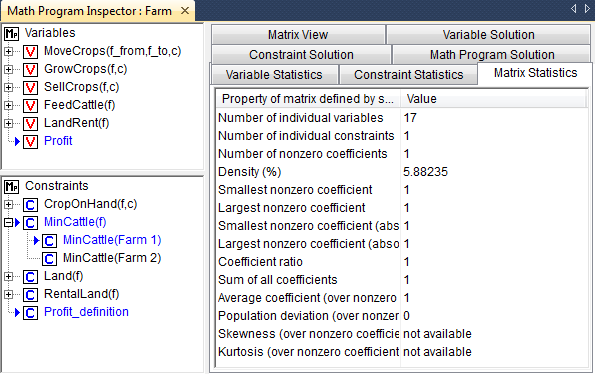
Fig. 52 An identified substructure causing infeasibility
Locating an IIS
By selecting the Irreducible Inconsistent System command from the Actions menu, an IIS is identified that consists of the three constraints ‘RentalLand’, ‘Land’ and ‘MinCattle’, all for ‘Farm 1’ (see Fig. 53).
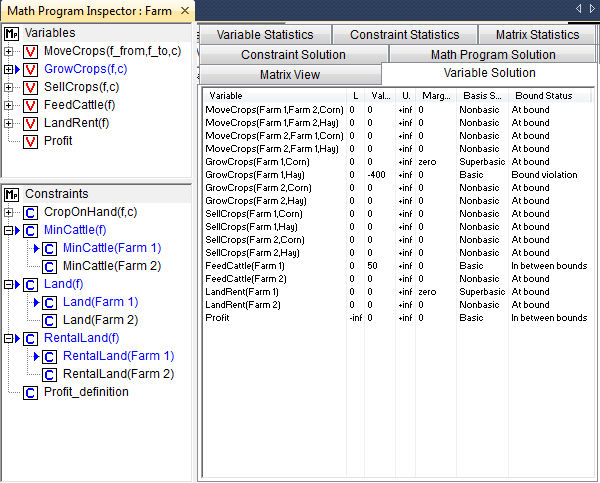
Fig. 53 An identified IIS
Resolving the infeasibility
The above IIS provides us with three possible model changes that together should resolve the infeasibility. These changes are
increase the availability of land for ‘Farm 1’,
change the land requirement for cattle on ‘Farm 1’, and/or
decrease the minimum requirement on cattle on ‘Farm 1’.
It is up to the producer of the model instance, to judge which changes are appropriate.
Investigating Unboundedness
Introducing unboundedness
The example model is turned into an unbounded model by dropping the constraints on maximum rented land, and at the same time, by multiplying the price of cattle on ‘Farm 1’ by a factor 100 (representing a unit error). As a result, it will become infinitely profitable for ‘Farm 1’ to rent extra land to keep cattle.
Substructure causing unboundedness
By selecting the Substructure Causing Unboundedness command from the Actions menu four individual variables are bookmarked, and all of them are related to ‘Farm 1’. Together with all constraints that contain two or more bookmarked variables these bookmarked variables form the problem structure that is subject to closer investigation. From the optimal solution of the auxiliary model it becomes clear that the ‘FeedCattle’ variable, the two ‘GrowCrops’ variables and the ‘LandRent’ variables tend to get very large, as illustrated in Fig. 54.
Resolving the unboundedness
Resolving the unboundedness requires you to determine whether any of the variables in the problem structure should be given a finite bounds. In this case, specifying an upper bound on the ‘RentalLand’ variable for ‘Farm 1’ seems a natural choice. This choice turns out to be sufficient. In addition, when inspecting the bookmarked variables and constraints on the Matrix View tab, the red color of the objective function coefficient for the ‘FeedCattle’ variable for ‘Farm 1’ indicates a badly scaled value.
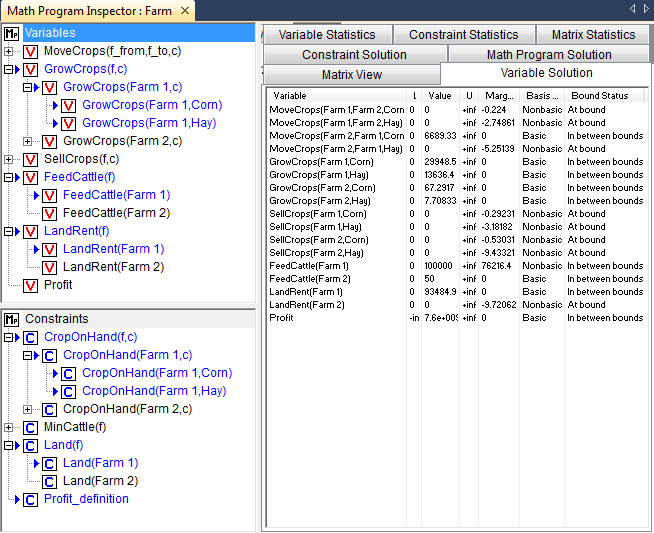
Fig. 54 An identified substructure causing unboundedness
Analyzing an Unrealistic Solution
Introducing an unrealistic solution
The example model is artificially turned into a model with an unrealistic solution by increasing the crop yield for corn on ‘Farm 2’ from 128 to 7168 (a mistake), and setting the minimum cattle requirement to zero. As a result, it will be unrealistically profitable to grow corn on ‘Farm 2’.
Inspecting the unrealistic solution
Once the changes from the previous paragraph have been applied, the solution of the model is shown in Fig. 55. From the Variable Solution tab it can indeed be seen that the profit is unrealistically large, because a large amount of corn is grown on ‘Farm 2’, moved to ‘Farm 1’ and sold on ‘Farm 1’. Other striking numbers are the large reduced cost values associated with the ‘FeedCattle’ variable on ‘Farm 2’ and the ‘GrowCrops’ variable for hay on ‘Farm 2’.
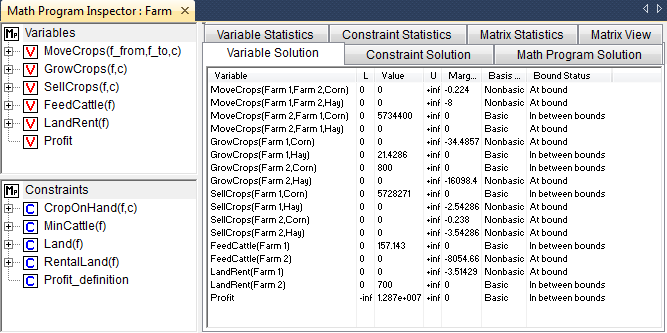
Fig. 55 An unrealistic solution
Badly scaled matrix coefficients
When investigating an unrealistic solution, an easy first step is to look on the Matrix View tab to see whether there exist matrix coefficients with unrealistic values. For this purpose, first open the Matrix View tab in symbolic view. Blocks that are colored red indicate the existence of badly scaled values. By double clicking on such a block, you will zoom in to inspect the matrix coefficients at the individual level. In our example, the symbolic block associated with the ‘GrowCrops’ variable and the ‘CropOnHand’ constraint is the red block with the largest value. When you zoom in on this block, the data error can be quickly identified (see Fig. 56). You can also use the Scale Model command from the Actions menu to let AIMMS calculate scaling factors that can be used to reduce the amount of badly scaled values in the coefficient matrix.
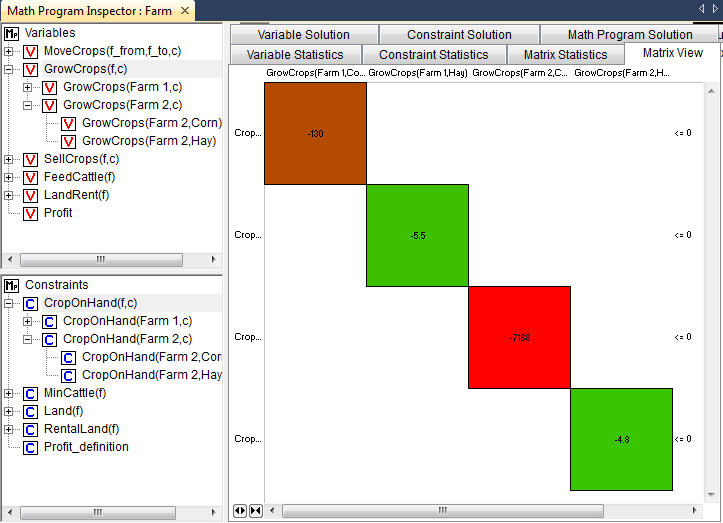
Fig. 56 The Matrix View tab for an unrealistic solution
Primal and dual contributions \(\ldots\)
A second possible approach to look into the cause of an unrealistic solution is to focus on the individual terms of both the primal and dual constraints. In a primal constraint each term is the multiplication of a matrix coefficient by the value of the corresponding variable. In the Math Program Inspector such a term is referred to as the primal contribution. Similarly, in a dual constraint each term is the multiplication of a matrix coefficient by the value of the corresponding shadow price (i.e. the dual variable). In the Math Program Inspector such a term is referred to as the dual contribution.
\(\ldots\) can be unrealistic
Whenever primal and/or dual contributions are large, they may indicate that either the corresponding coefficient or the corresponding variable value is unrealistic. You can discover such values by following an iterative process that switches between the Variable Solution tab and the Constraint Solution tab by using either the Variable Statistics or the Constraint Statistics command from the right-mouse popup menu.
Procedure to resolve unrealistic solutions
The following iterative procedure can be followed to resolve an unrealistic solution.
Sort the variable values retrieved through the Variable Solution tab.
Select any unrealistic value or reduced cost, and use the right-mouse popup menu to switch to the Variable Statistics tab.
Find a constraint with an unrealistic dual contribution.
If no unrealistic dual contribution is present, select one of the constraints that is likely to reveal some information about the construction of the current variable (i.e. most probably a binding constraint).
Use the right-mouse popup menu to open the Constraint Statistics tab for the selected constraint.
Again, focus on unrealistic primal contributions and if these are not present, continue the investigation with one of the variables that plays an important role in determining the level value of the constraint.
Repeat this iterative process until an unrealistic matrix coefficient has been found.
You may then correct the error and re-solve the model.
Inspecting primal contributions
In the example, the ‘Profit’ definition constraint indicates that the profit is extremely high, mainly due to the amount of corn that is sold on ‘Farm 1’. Only two constraints are using this variable, of which one is the ‘Profit’ definition itself. When inspecting the other constraint, the ‘CropOnHand’ balance, it shows that the corn that is sold on ‘Farm 1’ is transported from ‘Farm 2’ to ‘Farm 1’. This provides us with a reason to look into the ‘CropOnHand’ balance for corn on ‘Farm 2’. When inspecting the primal contributions for this constraint the data error becomes immediately clear (see Fig. 57).
Inspecting dual contributions
The same mistake can be found by starting from an unrealistic reduced cost. Based on the large reduced cost for the ‘FeedCattle’ variable on ‘Farm 2’, the dual contributions indicate that the unrealistic value is mainly caused by an unrealistic value of the shadow price associated with the ‘Land’ constraint on ‘Farm 2’. While investigating this constraint you will notice that the shadow price is rather high, because the ‘GrowCrops’ variable for corn on ‘Farm 2’ is larger than expected. The dual contribution table for this variable shows a very large coefficient for the ‘CropOnHand’ constraint for corn on ‘Farm 2’, indicating the data error (see Fig. 58).
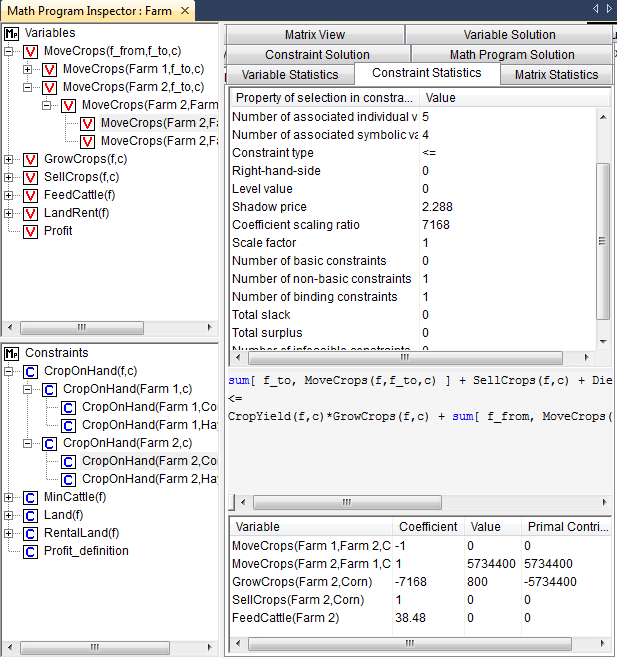
Fig. 57 Inspecting primal contributions
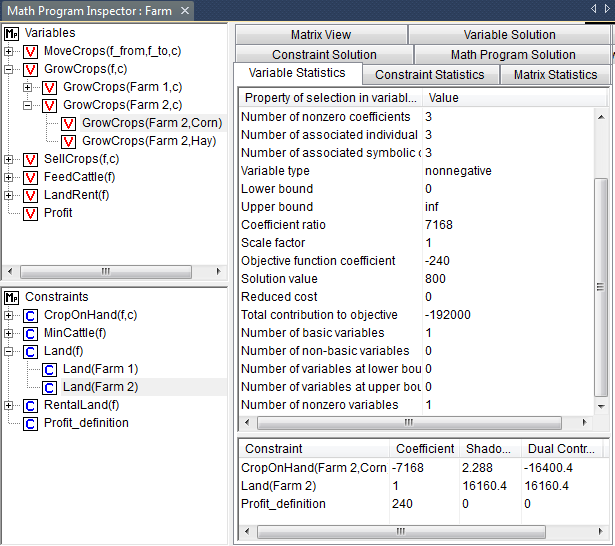
Fig. 58 Inspecting dual contributions
Combining primal and dual investigation
The above two paragraphs illustrate the use of just primal contributions or just dual contributions. In practice you may very well want to switch focus during the investigation of the cause of an unrealistic solution. In general, the Math Program Inspector has been designed to give you the utmost flexibility throughout the analysis of both the input and output of a mathematical program.